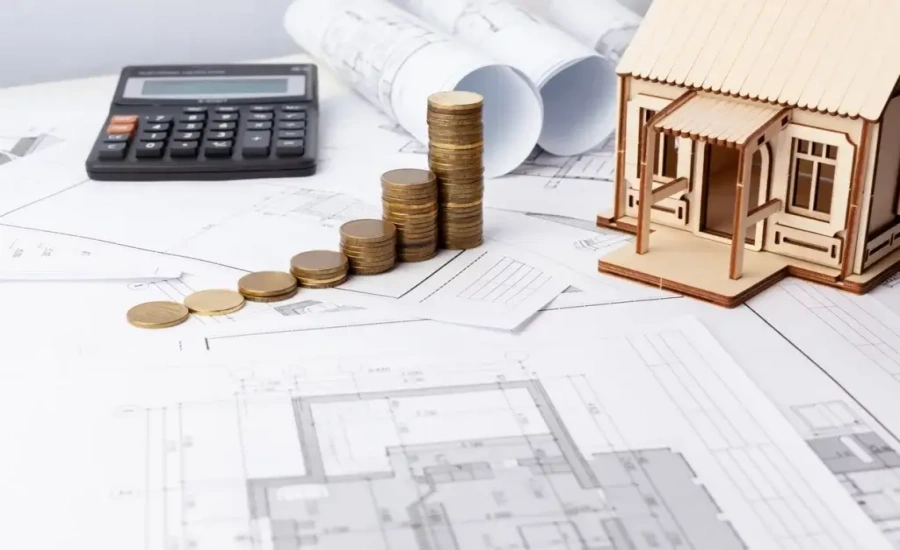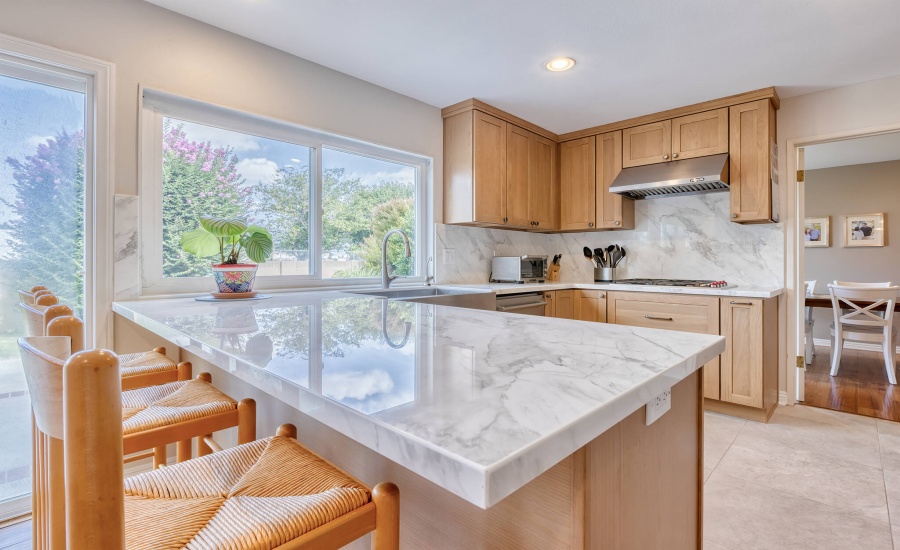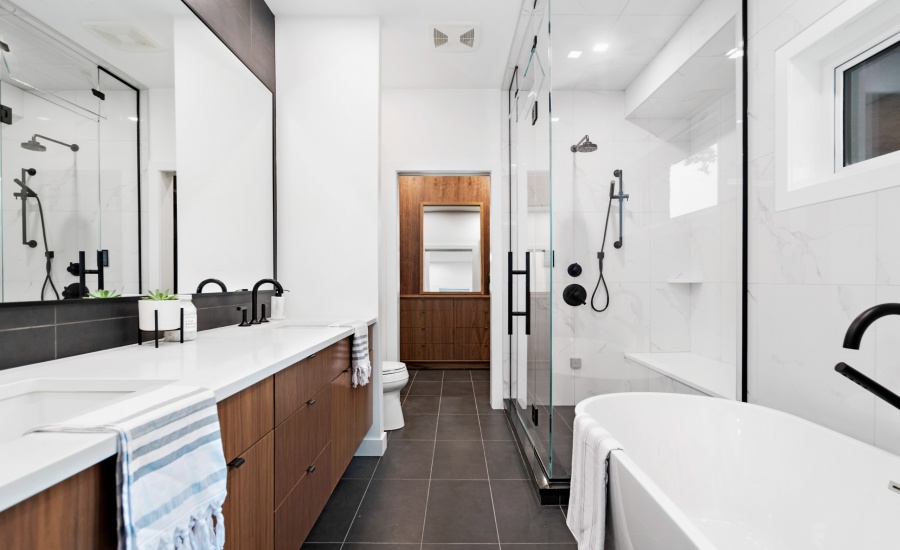Creating a detailed budget is the first step in managing renovation costs. Homeowners should begin by assessing the scope of the project and determining which areas require improvement. This assessment can include everything from cosmetic upgrades to structural changes. Once the scope is defined, listing all potential costs associated with materials, labor, permits, and unexpected expenses can provide a comprehensive overview of the financial commitment involved.
Researching material costs is essential for staying within budget. Prices can vary significantly based on quality and brand. Homeowners should compare options and consider alternative materials that provide similar aesthetics at a lower price. For example, opting for laminate instead of solid wood or using ceramic tiles instead of natural stone can lead to substantial savings without sacrificing style.
Labor costs can also impact the overall budget. Hiring skilled professionals can ensure quality work but may come at a premium. Homeowners should obtain multiple quotes from contractors to compare pricing and services. It is advisable to check references and past work to ensure that the chosen contractor meets expectations. In some cases, homeowners may choose to handle smaller tasks themselves to reduce labor costs.
Planning for unexpected expenses is crucial in any renovation project. It is common for unforeseen issues to arise, such as hidden damage or necessary code upgrades. Setting aside a contingency fund of approximately ten to twenty percent of the total budget can provide a financial cushion for these surprises. This proactive approach helps prevent stress and financial strain during the renovation process.

Timing can also influence renovation costs. Scheduling a project during off-peak seasons may lead to lower labor rates and material costs. Contractors often have more availability during slower months, which can result in a quicker turnaround time. Homeowners should consider the timing of their projects to maximize potential savings.
Utilizing community resources can provide additional support in managing renovation costs. Local home improvement stores often offer workshops and classes that can help homeowners learn valuable skills, such as tiling or painting. Online platforms and forums can connect homeowners with others who have completed similar projects, allowing for the sharing of tips and experiences.
Monitoring expenses throughout the renovation process is vital for staying on track. Keeping detailed records of all costs can help homeowners identify areas where they may be overspending. Regularly reviewing the budget can facilitate adjustments if necessary, ensuring that the project remains financially viable.
Understanding the return on investment for various renovations can guide homeowners in making cost-effective decisions. Certain upgrades, such as kitchen and bathroom remodels, tend to yield higher returns when it comes time to sell. Prioritizing renovations that enhance property value can help homeowners make the most of their investment.
Managing renovation costs effectively requires careful planning, research, and monitoring. By creating a detailed budget, researching materials, obtaining multiple quotes, planning for unexpected expenses, considering timing, utilizing community resources, and understanding return on investment, homeowners can navigate the financial aspects of renovation with confidence. This strategic approach can lead to a successful project that enhances both the home and the overall quality of life.














Leave a Reply